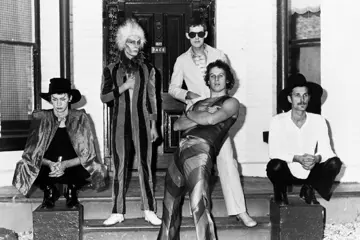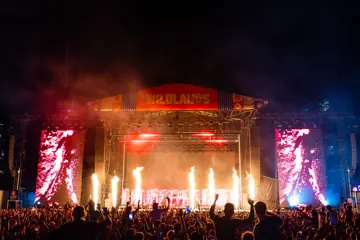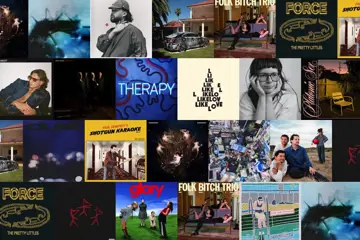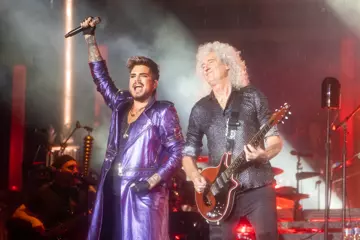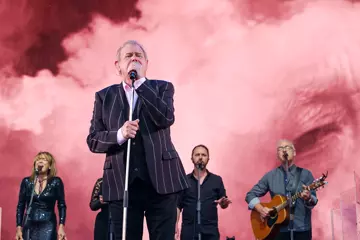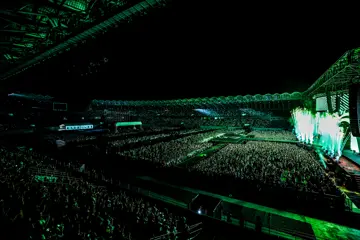It was two decades ago that cineastes and stoners alike were first mesmerised by the non-verbal spiritual journey across the globe known as Baraka. That film was a direct descendent of Godfrey Reggio's 1982 cult head trip Koyaanisqatsi, both sharing the same cinematographer in Ron Fricke.
Industrial designer and inventor Mark Magidson was drawn into Fricke's circle between the two, having served as co-producer on the former and its predecessor, the IMAX release Chronos. These so-called “guided meditations” would've been more than enough for fans to spend a lifetime mulling over, but you can now add Samsara to the equation as well.
A new opus of 70mm filmmaking, the Samsara shoot took Magidson, director/cinematographer Fricke and their multitasking skeleton crew of “only four or five people” to 25 countries over nearly five years of production, shooting locations and people uncovered by their research of the title concept – “A Tibetan Sanskrit word that means 'birth, death and rebirth',” says Magidson, “or another word would be 'impermanence'.”
In Baraka, the camera felt like an independent observer. Samsara, by contrast, makes you feel more involved in the action – whether that be at a funeral involving a gun-shaped “fantasy coffin” in Ghana or on the cutting room floor of various meat production facilities. “I don't know about when you say 'more involved',” counters Magidson, though he concedes that even with their philosophy of letting audiences take their own meaning out of their films, the imagery in Samsara is more confronting than Baraka. “But we don't want to make a statement about good or bad, or right or wrong,” Magidson explains, “because we don't want to bring the film into a place where the flow of the imagery is interrupted by a point of view that's a political point of view.
Don't miss a beat with our FREE daily newsletter
“Even though you could say that there is some political… how would you say it,” he pauses, in search of the right word, “content that is brought along with the image and the choice of image that we're making, we're not trying to take it too far. We're really trying to provide an experience that allows people to feel a connection [of] the life experience to their own humanity – we're all related and connected to each other. If you have that experience, regardless of how, that's a positive outcome for us as filmmakers.”
Scored by Baraka's Michael Stearns and Lisa Gerrard (Dead Can Dance), these inner journeys for the viewer of Samsara have taken Magidson on a literal journey to 57 countries over the course of three films. Magidson helped Fricke (“one of the best cinematographers in the world, I think”) develop the motion control time-lapse technology that has been such a striking feature of all three films, and though the director has stated elsewhere that he's ready to pack the flight cases and do it all again, Magidson is not so sure.
“I'm not unenthusiastic, I'm just not enthusiastic. And you have to be really enthusiastic to want to take that kind of time and effort. Four-and-a-half years on a film and you watch it in one-hundred minutes and sometimes you question – 'what are you doing?'
“But, you know, I'm very proud of the film and really happy with the end result.”
WHAT: Samsara
WHEN & WHERE: In cinemas Wednesday 26 December

